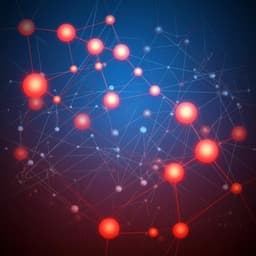
Physics
Competing instabilities reveal how to rationally design and control active crosslinked gels
B. Najma, M. Varghese, et al.
Discover how molecular motors can dramatically influence the mechanics of biomimetic active gels. This groundbreaking research conducted by Bibi Najma, Minu Varghese, Lev Tsidilkovski, Linnea Lemma, Aparna Baskaran, and Guillaume Duclos explores activity-driven instabilities and in situ control using light-activable motor proteins.
Playback language: English
Related Publications
Explore these studies to deepen your understanding of the subject.







